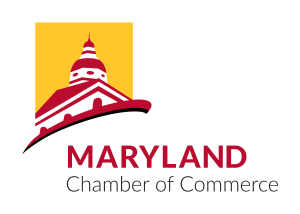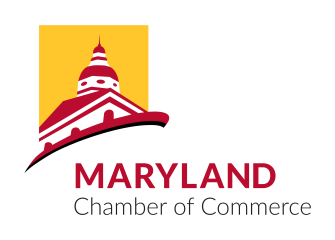
The collapse of the suspension portion of the Francis Scott Key Bridge, the 1.6-mile-long link between Dundalk and Hawkins Point over the Patapsco River, after a support column was struck by the container ship Dali early Tuesday morning has left Baltimoreans — and many others across the state and around the globe — stunned and disbelieving. For 47 years, that bridge on the southeast side of the Baltimore Beltway has been an iconic landmark, not just as a way to skirt Baltimore’s often congested harbor tunnels or a convenience for tractor-trailers serving the Helen Delich Bentley Port of Baltimore, but for its extraordinary view of the port as well as the Chesapeake Bay to the east. There are a lot of moving parts here, but this disaster also unhappily coincides with the ongoing political standoff among Democrats in Annapolis over the $63 billion state budget and particularly whether the state’s transportation trust fund, which faces a long-term multi-billion-dollar deficit, should be augmented, chiefly with new and higher fees ranging from an increase in the vehicle excise tax to a new 75-cent ride-sharing fee.
Economic impact: Maryland Chamber President & CEO Mary Kane told The Daily Record that 35,000 people use the Francis Scott Key Bridge daily and the Port of Baltimore generates more than 15,000 direct jobs, with nearly 140,000 additional jobs affected to some extent by the port’s activities. The port ranked 17th in the country in total tonnage entering and leaving in 2021, according to the Bureau of Transportation Statistics’ 2024 report to Congress. Researchers have conservatively estimated an approximate $15 million per day loss in economic activity due to the port’s waterways closure, including a $1.5 million per day loss in state and local taxes.


